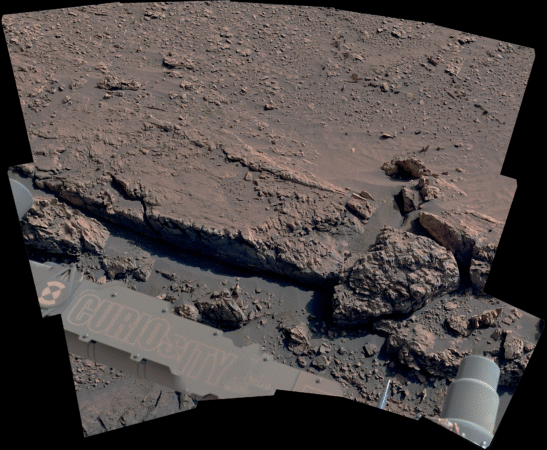Quick Takeaways
-
Surprising Discovery: Calcium sulfate veins reappeared as Curiosity ascended Mount Sharp, prompting excitement among scientists to understand why after they had seemingly vanished.
-
New Investigations: Curiosity drilled a rock sample named “Altadena” on June 8, aiming to analyze the bedrock composition and explore additional areas for organic molecules linked to potential ancient habitability.
-
Naming New Features: In line with its explorations, the Curiosity team is adopting a new naming convention for Martian features, taking inspiration from Bolivia’s Salar de Uyuni, reflecting the mission’s ongoing geological studies.
- Mission Overview: Curiosity is managed by NASA’s Jet Propulsion Laboratory and plays a crucial role in the Mars Exploration Program, providing significant insights into Mars’ geological history and potential for life.
Curiosity Rover Unpacks Mars’ Hidden Geology
NASA’s Curiosity Mars Rover has begun exploring intriguing boxwork formations on the Martian surface. This discovery marks an exciting step in understanding the planet’s geological history.
On June 8, Curiosity drilled into a rock called “Altadena.” This bedrock sample will help scientists analyze the unique mineral composition in the area. After drilling, Curiosity delivered the pulverized rock to onboard instruments for detailed investigation.
“These calcium sulfate veins used to be everywhere,” said Curiosity’s deputy project scientist Abigail Fraeman from JPL. “But they more or less disappeared as we climbed higher up Mount Sharp. The team is excited to figure out why they’ve returned now.”
This new terrain offers a fantastic opportunity to investigate larger boxwork patterns. The team plans to drill more samples from these areas, hoping to uncover clues about the ancient environment that may have supported life.
Curiosity’s mission emphasizes naming features on Mars for easy identification. The previous names came from locations in Southern California, reflecting the rover’s roots. Now, as the investigation extends across Martian landscapes, new names will draw inspiration from Bolivia’s Salar de Uyuni, the largest salt flat on Earth.
Understanding these geological formations could lead to advancements in planetary science and technology development. Exploring Mars helps researchers learn more about Earth’s processes as well. As Curiosity continues its journey, it strengthens our knowledge of both worlds.
To learn more about Curiosity and its mission, visit the NASA website.
Continue Your Tech Journey
Learn how the Internet of Things (IoT) is transforming everyday life.
Stay inspired by the vast knowledge available on Wikipedia.
SciV1

